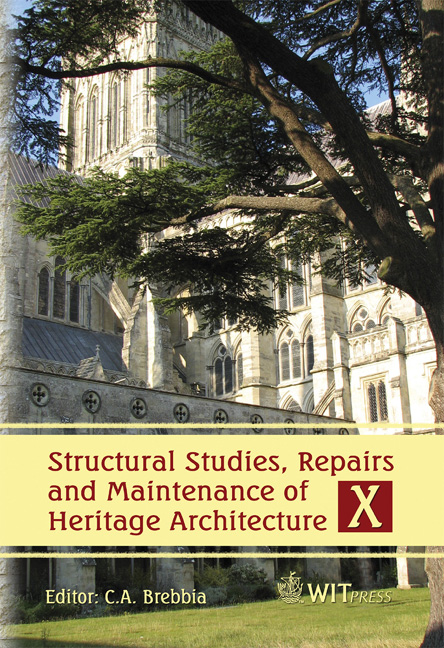The Functional And Spatial Transformation In The Golden Horn
Price
Free (open access)
Transaction
Volume
95
Pages
9
Published
2007
Size
1,246 kb
Paper DOI
10.2495/STR070031
Copyright
WIT Press
Author(s)
F. Onal & S. Zeybekoglu
Abstract
Istanbul is the only city in the world that spreads over two continents: it lies at a point where Asia and Europe are separated by a narrow strait. It has been the capital of three great empires, the Roman, Byzantine and Ottoman empires. The Golden Horn is an estuary dividing the city of Istanbul. The name Golden Horn is both a symbol of fertility because of the fertile lands on its shores, the fresh water of the streams and a reference to its shape. Throughout history the Golden Horn has been an important center where the economic, cultural, social and military activities of the historical city took place. It has also played an important role in the development of the city. Today the functional and spatial transformation of the Golden Horn is explicitly visible. In recent years, thousands of buildings on the shores of the Golden Horn have been demolished, whereas historic shipyard and the industry businesses moved to outside of the city. Museums, cultural and exhibition centers, and university settlements began to locate along the shore, which triggered various restoration projects. These changes and transformations in the Golden Horn affect social, economical and cultural life of the city in general. Seeing that the transformation that has been taking place in and around the Golden Horn does not follow any coherent planning strategy, possible spatial and physical effects of such individual projects on the city and particularly the Historical Peninsula remain uncertain. Consequently, in this paper we want to discuss the future of this historical area as well as its functional and spatial influences on the historic city. Keywords: transformation, urban space, historic city, the Golden Horn.
Keywords
transformation, urban space, historic city, the Golden Horn.




